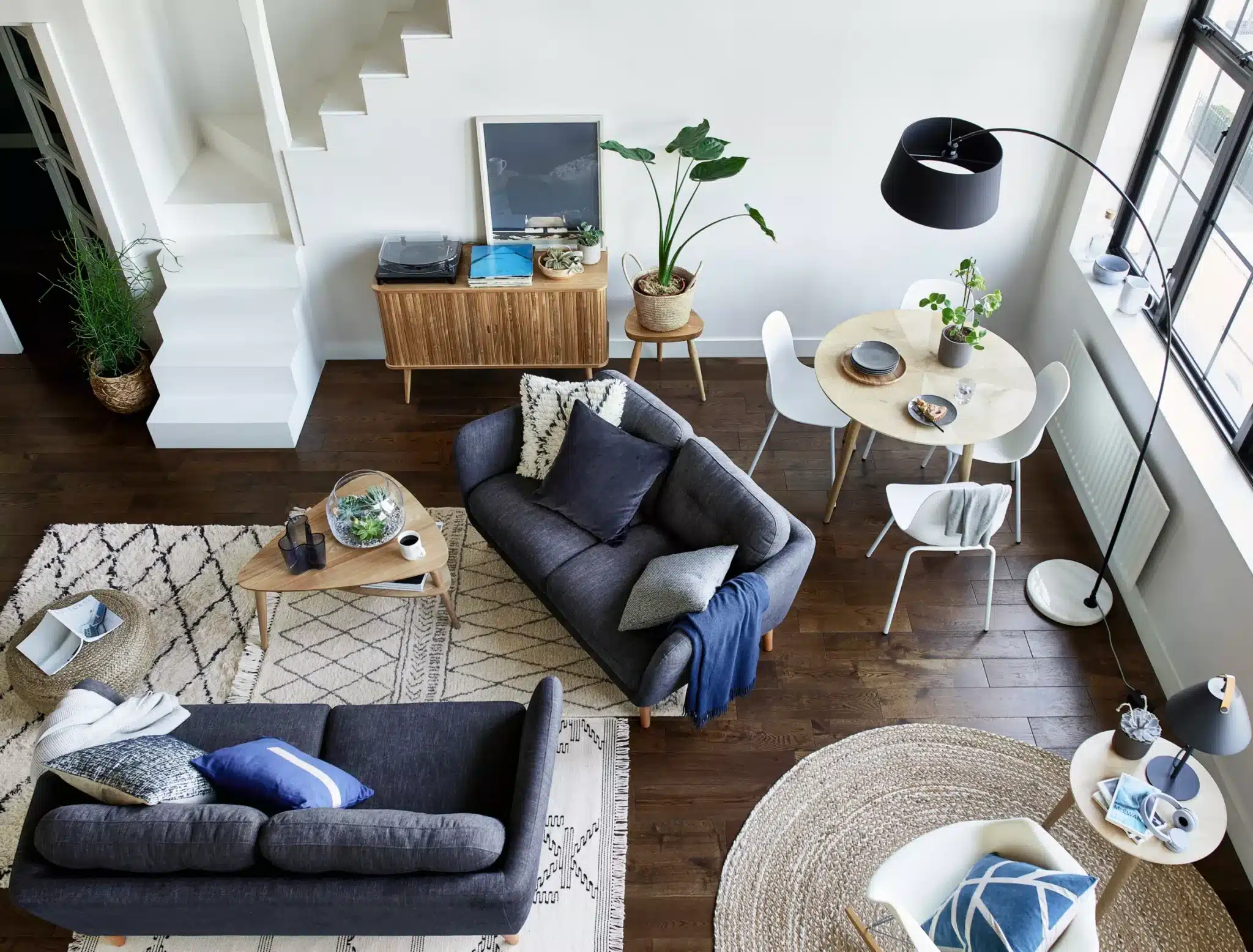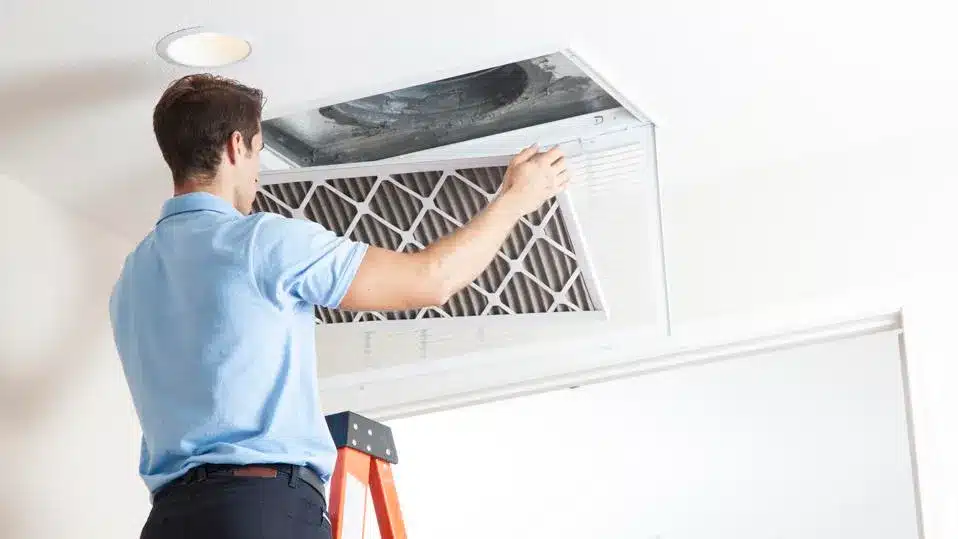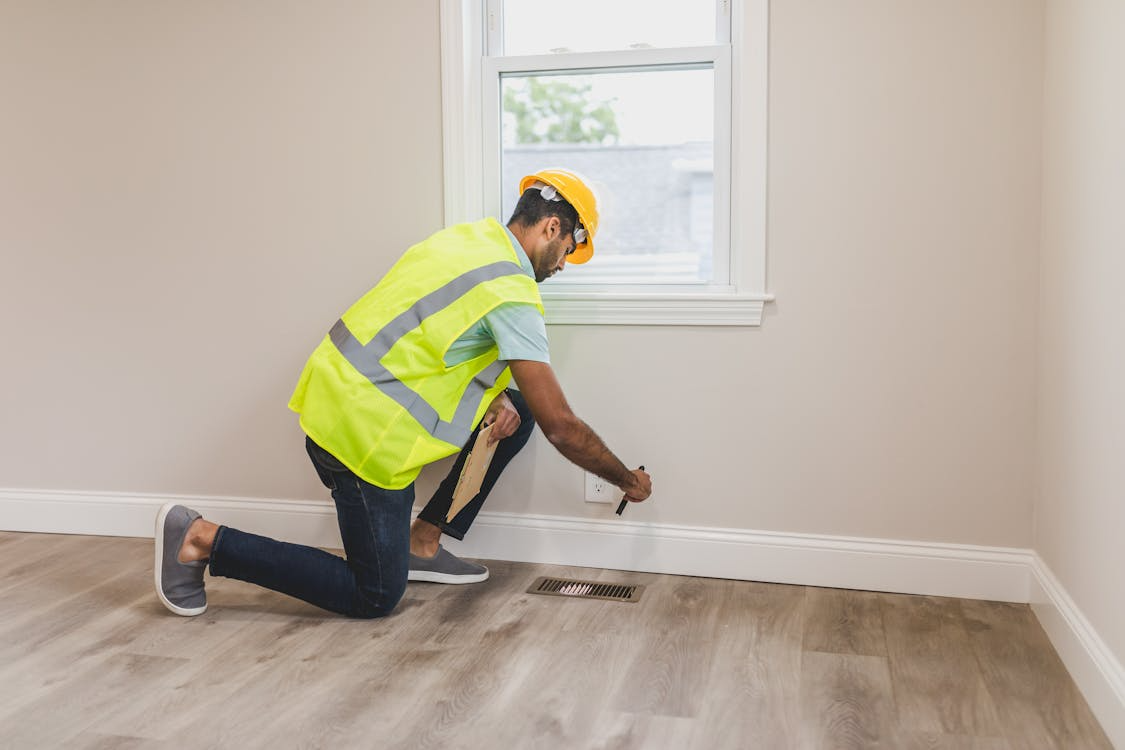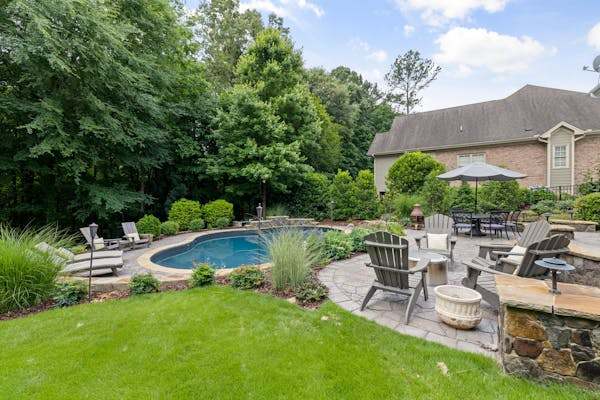Creating Multi-Functional Rooms in Your Home
Creating versatile living spaces within homes has become increasingly popular in recent years. As urban living spaces shrink and family dynamics evolve, homeowners look for innovative ways to make every square foot of their living space work harder.
Multi-functional rooms are becoming a necessary evolution in home design, allowing spaces to adapt to various needs—working from home, entertaining, or relaxing.
How to Create Multi-Functional Rooms in Your Home
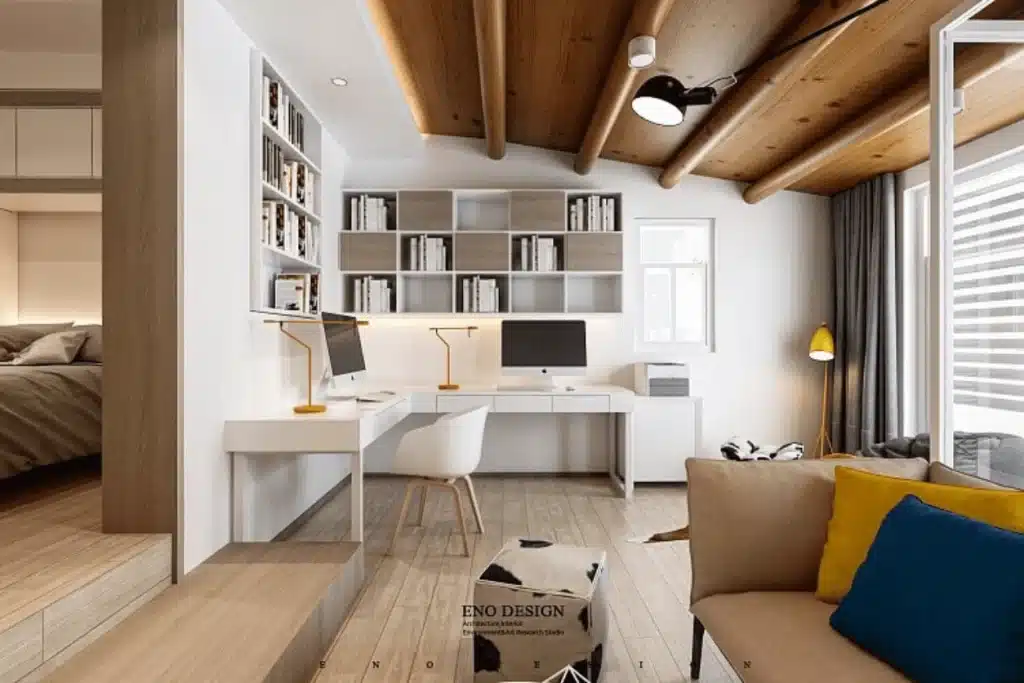
Furniture with a Dual Purpose
Furniture that serves multiple purposes is the cornerstone of any multifunctional room. These versatile pieces are vital to maximizing space and functionality. Consider a sleeper sofa, which can transform any living room into a guest room in seconds.
Extendable tables are another excellent choice. They offer a compact solution for daily use while expanding to accommodate more guests during gatherings.
Other innovative options include lift-top coffee tables that double as work desks and ottomans with storage space inside. Selecting the right furniture means adapting your space to different situations without sacrificing style or comfort.
Zoning Through Decor
Effective zoning is crucial for dividing a room into multiple functional areas without walls. Area rugs can delineate spaces visually and add warmth and texture underfoot.
Similarly, decorative dividers like bookcases or fabric panels can create physical separation while contributing to the room’s aesthetic. Effectively using color schemes can also help define different zones.
For example, a neutral palette in the workspace can promote concentration, while warmer, vibrant colors in the relaxation area can create a welcoming vibe. Thoughtful placement of lighting, artwork, and accessories reinforces the distinct function of each zone.
Technology Integration
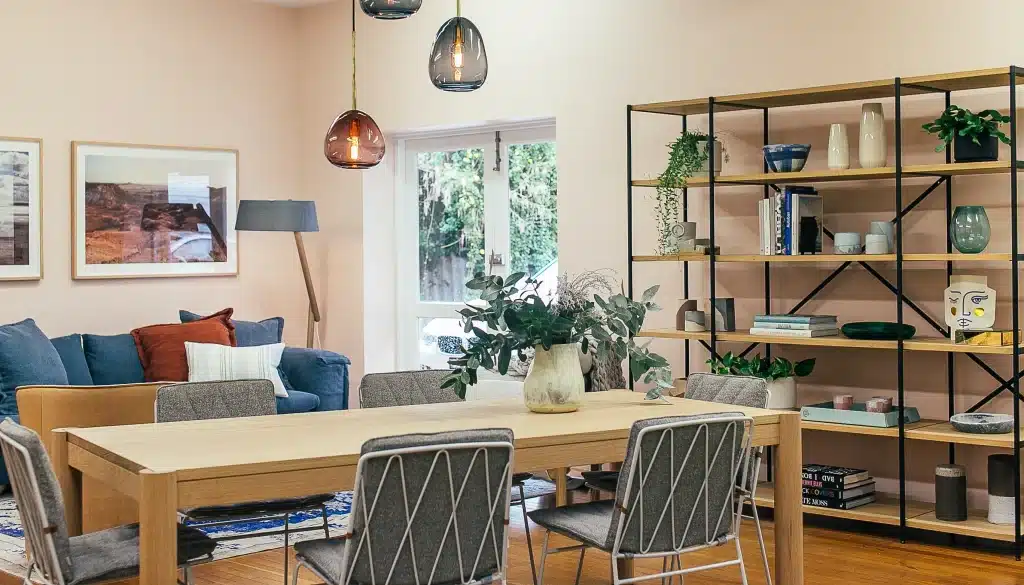 Incorporating technology seamlessly into your home decor is another aspect of creating a functional and stylish living environment. Smart home technology, such as voice-activated systems, automated lighting, and temperature control, can enhance the functionality of multi-purpose spaces.
Incorporating technology seamlessly into your home decor is another aspect of creating a functional and stylish living environment. Smart home technology, such as voice-activated systems, automated lighting, and temperature control, can enhance the functionality of multi-purpose spaces.
These technologies allow homeowners to adjust the setting of a room with minimal effort, ensuring that it can quickly switch from being a home office to a yoga studio to a cinema room.
The key is integrating these technologies to complement the room’s design—hidden wiring, discreet device placement, and tech that syncs with your home’s aesthetic are all critical considerations.
Real-Life Examples
To illustrate the potential of multi-functional rooms, you can work with a Bellevue roofing contractor who can transform an attic space into a combined home office and recreation room.
The space features a modular desk system and a retractable movie screen, proving that areas under the roof can be just as adaptive as any other part of the home.
Another example is a downtown apartment where the dining area doubles as a workspace, featuring wall-mounted monitors that can be hidden when not in use.
These examples show that with the right design choices, you can create a functional and beautiful home. Multi-functional rooms can maintain high aesthetic value while serving various purposes.
Incorporating Flexible Lighting Solutions
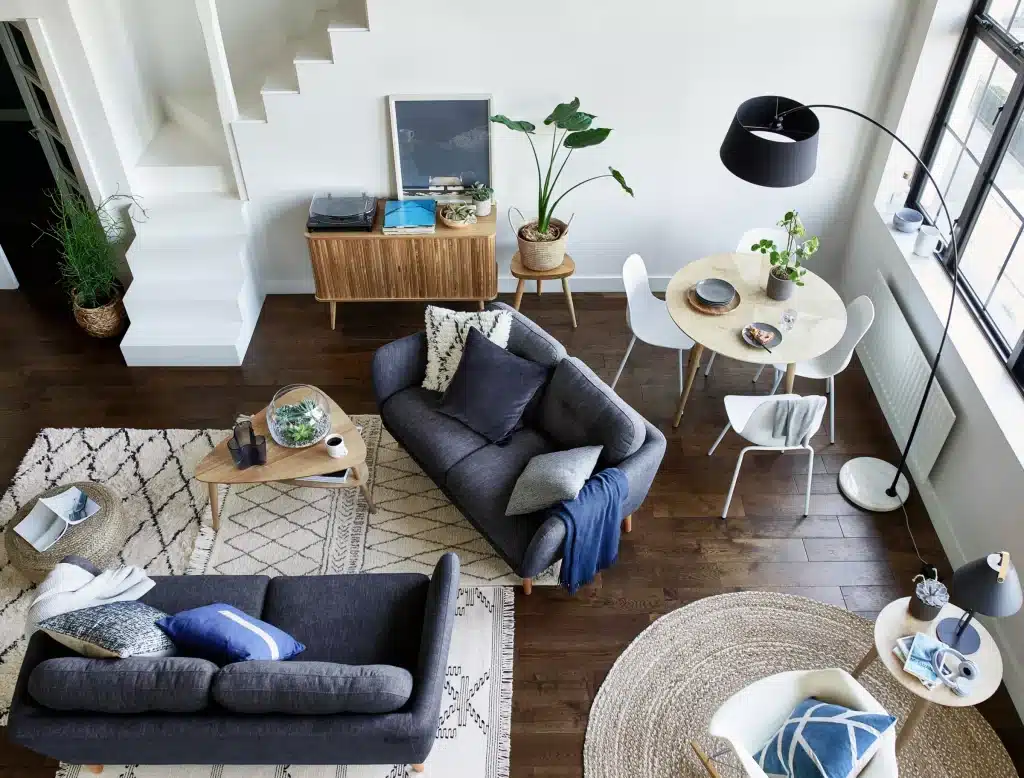 Lighting plays a pivotal role in transforming the ambiance of a room based on its usage. For multi-functional spaces, it’s crucial to have flexible lighting that can easily transition from bright and energizing to soft and relaxing.
Lighting plays a pivotal role in transforming the ambiance of a room based on its usage. For multi-functional spaces, it’s crucial to have flexible lighting that can easily transition from bright and energizing to soft and relaxing.
Adjustable LED track lighting can direct light to specific areas, which is ideal for a workspace or reading nook. Meanwhile, dimmer switches adjust the room’s brightness based on the time of day or the mood you wish to set.
For activities like watching movies or enjoying a romantic dinner, softer, indirect lighting can enhance the experience.
Storage Solutions for Clutter-Free Living
Effective storage solutions are essential to maintain a clean and organized space, mainly when one area serves multiple purposes.
Built-in shelves, hidden cabinets, and multi-use furniture pieces like beds with drawers underneath or benches with hidden compartments help keep the room tidy and functional. These storage options minimize clutter and make transitioning the space for different uses easier.
For example, having easy-to-access storage in a home office area allows for quick clean-ups when converting the space into a lounge area for guests.
Acoustic Considerations
Sound management is another critical aspect of designing multi-functional rooms, mainly if the space is used for work and leisure activities. Incorporating materials that help dampen sound can be a wise choice.
Acoustic panels, thick drapes, and plush carpets can reduce echo and decrease noise levels, making activities like conference calls and movie watching more enjoyable without disturbing others in the home.
Personal Touches and Flexibility
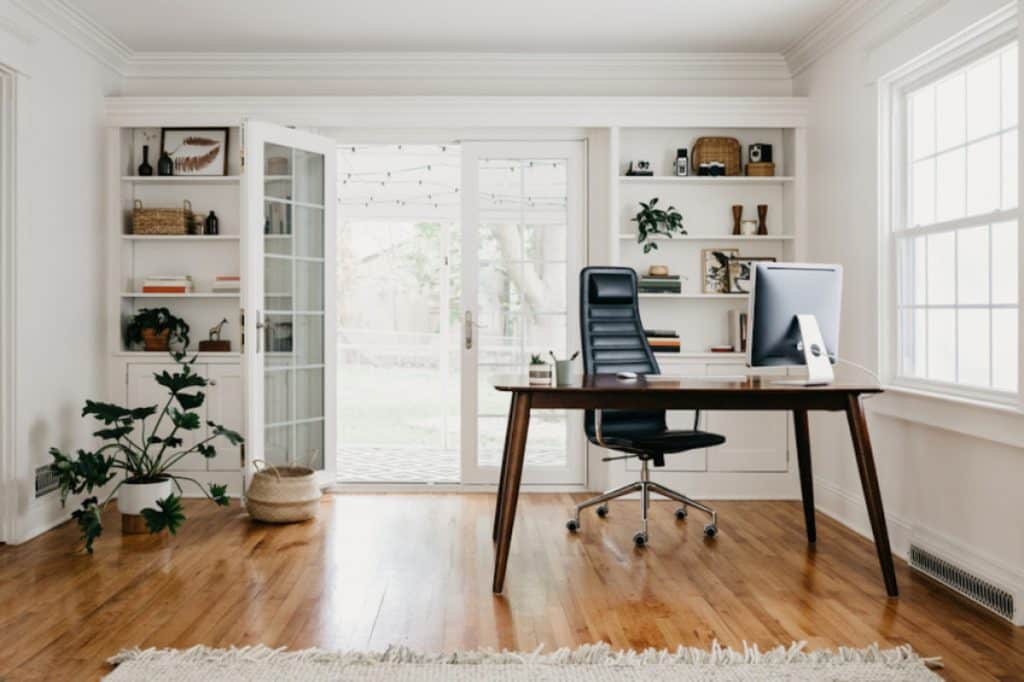
Moreover, furniture and decor should be considered, as they can be easily moved or changed. Modular furniture and changeable decor items like slipcovers or decorative pillows allow quick style changes without significant reinvestment.
Seasonal Adaptations
Finally, consider how your space might change with the seasons. Lightweight throw blankets and brighter colored decor pieces can refresh the space for spring and summer, while heavier throws and richer tones make it feel cozy for fall and winter.
Seasonal decorations can also highlight the room’s versatility and keep the decor fresh and appropriate throughout the year.
Conclusion
Homeowners can create spaces that meet diverse needs and remain adaptable and enjoyable year-round by focusing on these additional elements—flexible lighting, effective storage, sound management, personal touches, and seasonal adaptations.
Whether it’s adjusting the lighting for work or play, minimizing clutter with smart storage, or personalizing the space to reflect your unique style, these strategies help ensure that your multi-functional room is practical and inviting.
With thoughtful design, your home can beautifully keep pace with your lifestyle, proving that space, no matter its size, can be infinitely adaptable and eternally functional.

